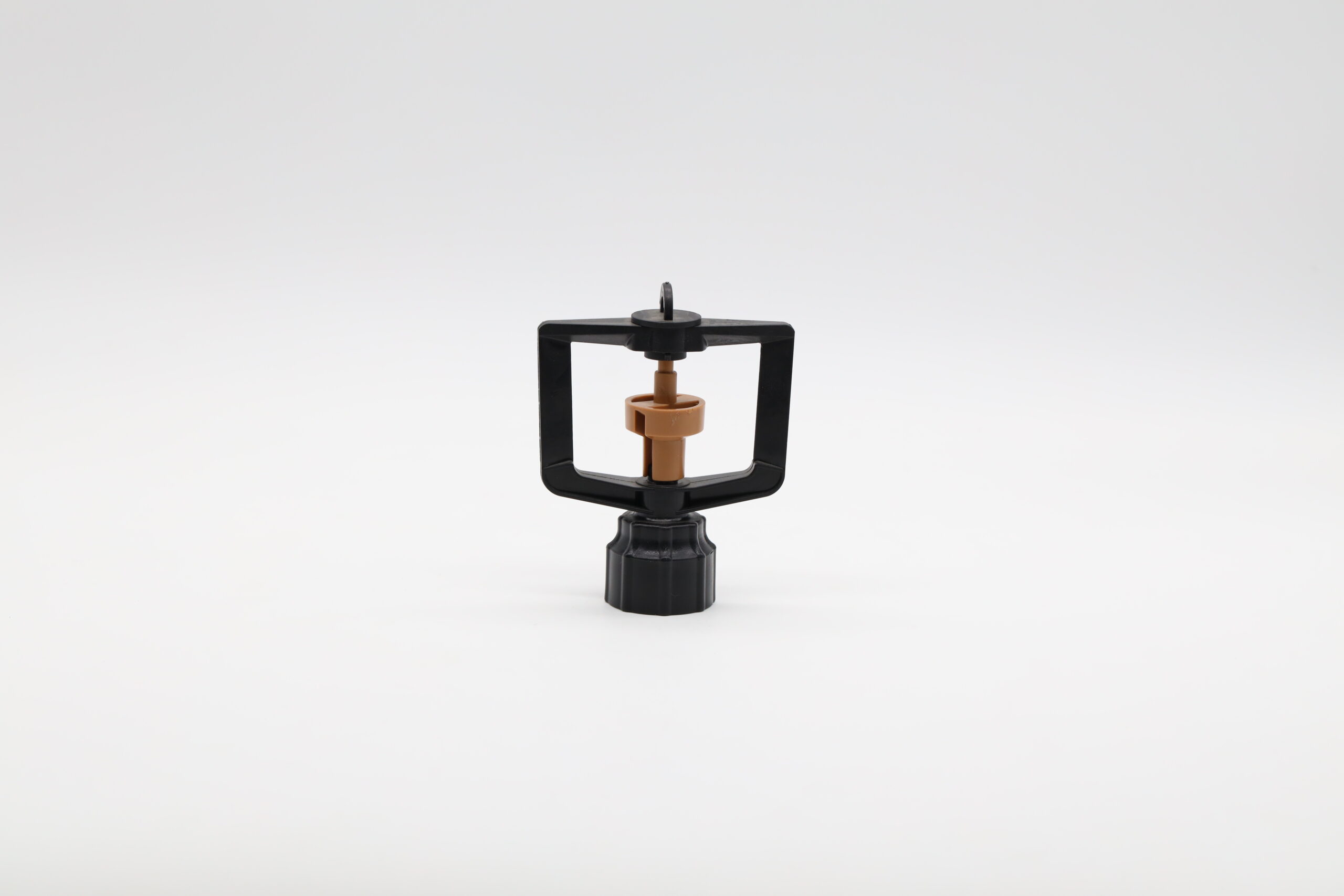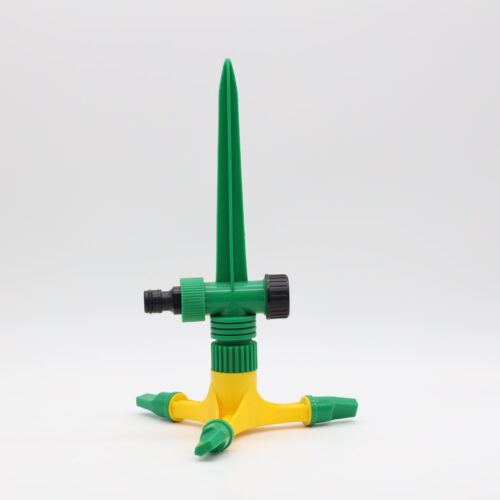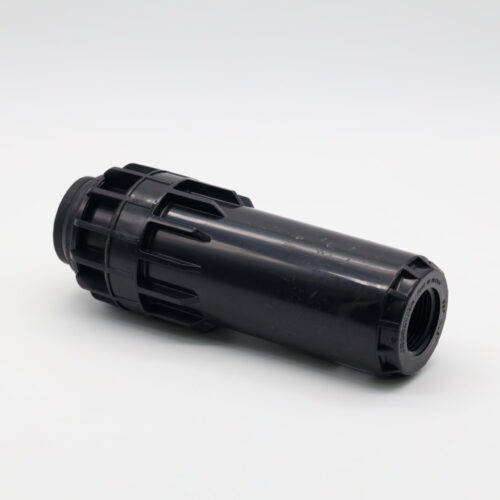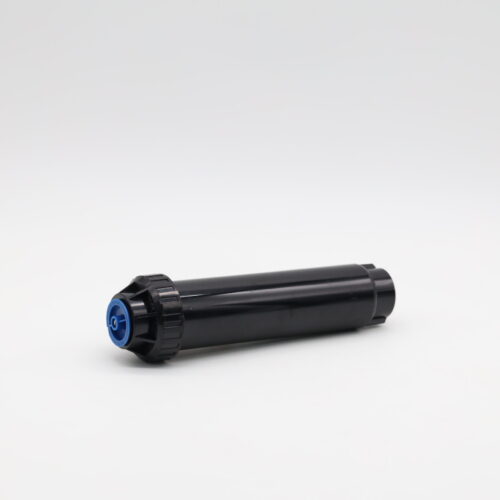-
Purpose:
Sprinklers primarily aim to provide a controlled and even distribution of water, ensuring plants receive adequate moisture without overwatering.
-
Types:
- Oscillating Sprinklers: These feature a rotating arm with nozzles that spray water back and forth, covering a rectangular area.
- Rotary Sprinklers: These use rotating nozzles or arms to distribute water in a circular or part-circular pattern.
- Pop-up Sprinklers: These are installed underground and pop up when watering, retracting when not in use to avoid damage.
- Fixed Sprinklers: These have a set spray pattern and may include multiple heads.
-
Components:
A typical sprinkler includes a water inlet (often a hose connection), a mechanism for dispersing water (nozzles, rotating arms), and a base or support structure.
-
Functionality:
Sprinklers work by utilizing water pressure to create a spray or stream that covers the desired area.
-
Applications:Sprinklers are used in residential gardens, lawns, agricultural settings (for crops), and even for dust control in industrial areas.
- Oscillating Sprinklers: These feature a rotating arm with nozzles that spray water back and forth, covering a rectangular area.






Reviews
There are no reviews yet.